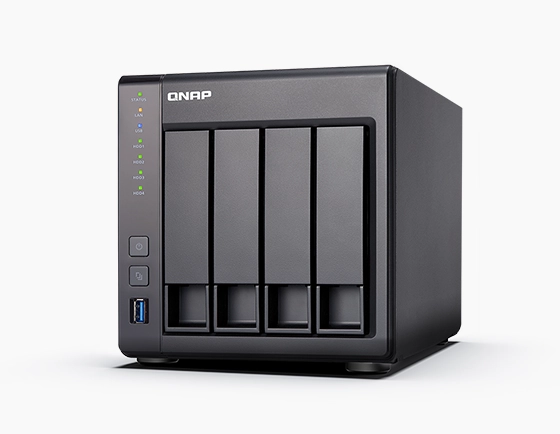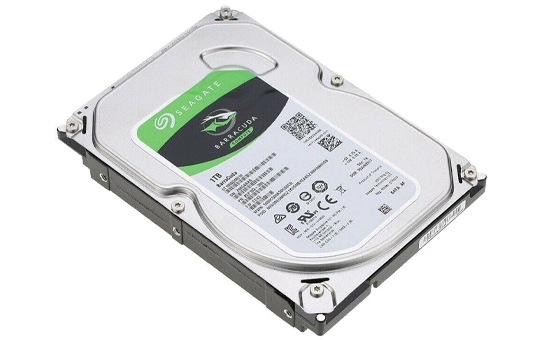A client contacted us with a serious data loss issue involving a four-drive RAID 5 array using Seagate ST4000VN008 IronWolf 4TB drives. The RAID was configured in a QNAP NAS with thin provisioned volumes.
After one drive failed, the system continued operating in degraded mode. Unfortunately, during this vulnerable state, one of the three remaining drives was accidentally ejected. The system then displayed a data error and the volume became inaccessible.

Trust the experts with proven results
What is a Thin Provisioned Volume?
Thin provisioning is a storage allocation method where the system assigns logical storage space on-demand instead of reserving the entire volume at once. This allows users to create large volumes without consuming physical space upfront.
For example, a 10TB volume can be created on a disk group that only physically holds 4TB of data. The system writes data as needed, allocating physical blocks dynamically as files grow.
While this is efficient for managing space, it complicates data recovery because:
File-to-block mappings are not fixed or linear.
Unused space is not initialized, making raw recovery methods unreliable.
The metadata that maps logical volume space to physical sectors is stored in separate system areas. If this metadata is lost or corrupted, reconstructing the file system becomes extremely difficult.
In contrast, thick provisioned volumes allocate all storage upfront. The data layout is more predictable and easier to reconstruct during a recovery process.

Case Details
The client had essential data on the volume, including:
Numerous .rar archive files
Loose documents with various extensions
Key folders such as ISO Library and Game Development
Deeply nested subfolders that needed to be preserved
They requested the recovery be delivered to a single 10TB drive, which they would provide.
Our Recovery Process
All four drives were imaged in a certified cleanroom using hardware-imaging tools. One of the drives showed signs of failure but was partially readable after tuning firmware parameters and stabilizing the head assembly.
Our engineers manually rebuilt the RAID 5 structure by identifying the correct order of drives, stripe size, and parity rotation. This step was crucial because automated tools cannot detect complex configurations, especially when metadata is damaged or incomplete.
Rebuilding the file system from a QNAP thin provisioned volume required:
Interpreting QNAP’s proprietary volume headers
Rebuilding the logical-to-physical block mapping
Extracting fragmented and dynamically allocated blocks and aligning them to reconstruct files
This step involved custom parsing tools and deep knowledge of QNAP’s volume structure, which is not publicly documented.
Attempting a rebuild in situations like this can lead to severe complications. To understand the full scope of RAID rebuild data loss risks, review our detailed analysis.
Once the volume structure was rebuilt, we scanned the file system and verified the client’s requested folders. We confirmed the presence and integrity of:
ISO Library folder
Game Development files
Most .rar archives
Other nested directories and loose files
Recovered data was successfully transferred to the client’s 10TB drive. We maintained the original folder hierarchy and provided a file integrity report.

Fast turnaround times for business-critical data
Recovery Results
Over 95% of the client’s requested data was fully recovered. All key folders and file types were restored, and folder hierarchy was preserved to ensure easy navigation.
The client received the recovered data in a structured format, exactly as requested.
Summary
Recovering data from a thin provisioned RAID 5 array is significantly more challenging than from a thick provisioned one. The dynamic allocation and reliance on metadata make such recoveries highly dependent on advanced techniques and proprietary knowledge.
If you’re dealing with a RAID failure, especially with thin provisioning or complex NAS environments like QNAP, it’s critical to power down the system immediately and avoid any rebuild or formatting attempts.
For more information on how we handle these systems, visit our QNAP data recovery services page.
Our team at RAID Recovery Services specializes in complex storage scenarios where other providers fall short. Reach out to us if you need expert recovery for RAID, NAS, or any enterprise-level storage system.
